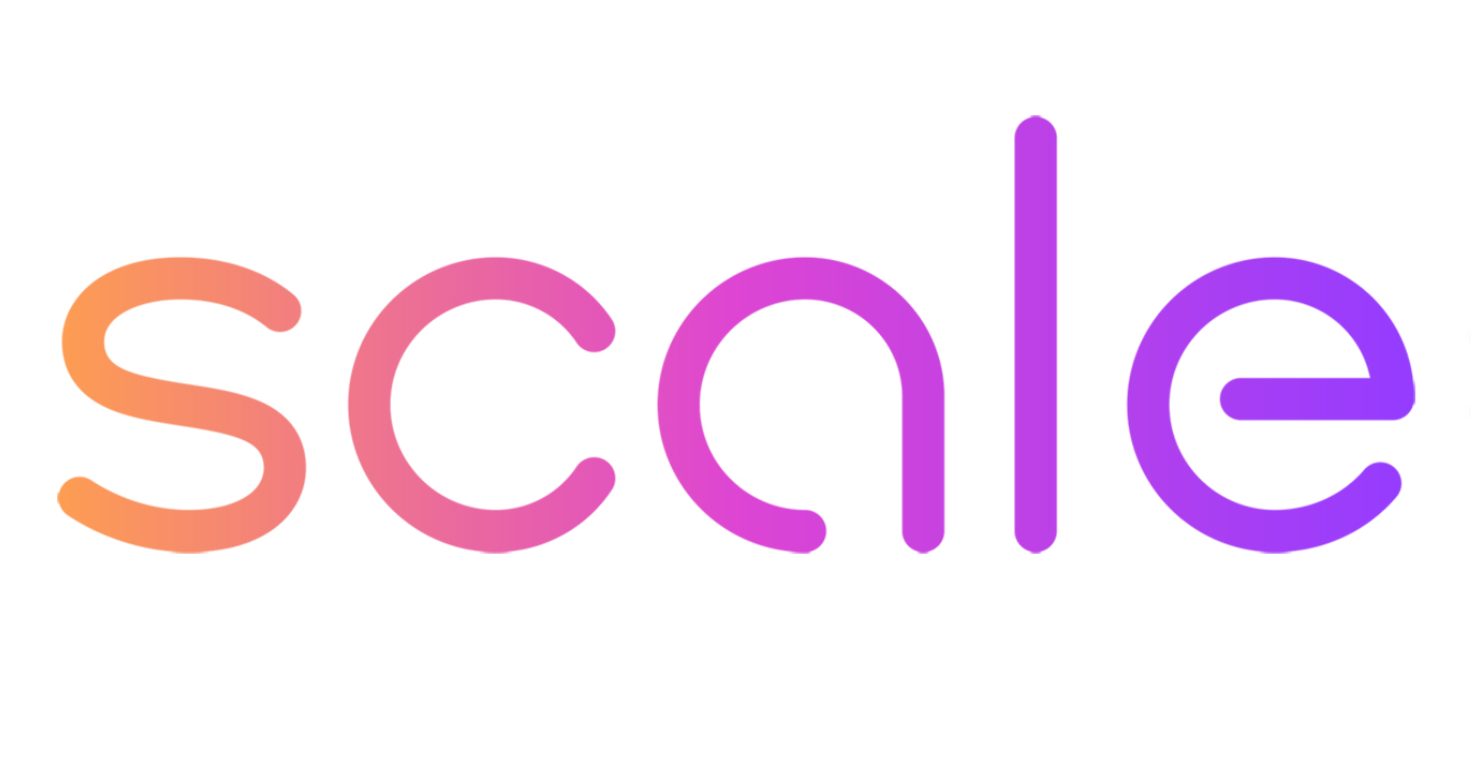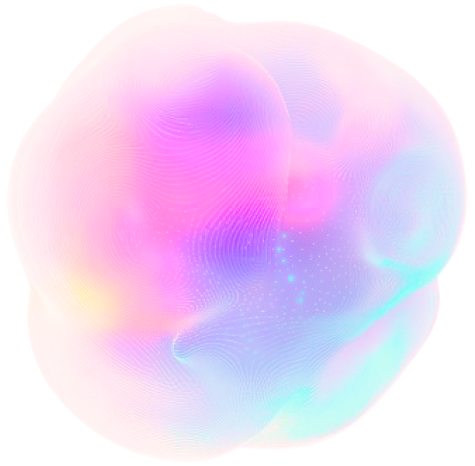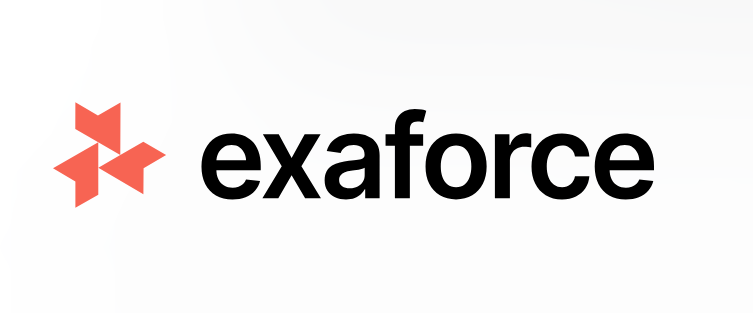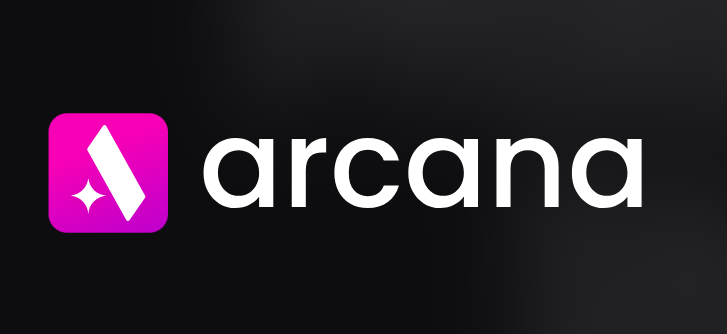Insider Brief
- Nous Research’s DeepHermes-3 enables users to toggle between fast, intuition-based responses and more computationally intensive reasoning.
- The model builds on the Hermes 3 dataset, incorporating 390 million tokens across multiple domains, improving mathematical reasoning when reasoning mode is enabled.
- DeepHermes-3 is available on Hugging Face under Meta’s Llama 3 Community License, with usage restrictions that contrast with more permissive open-source alternatives.
Nous Research has introduced DeepHermes-3, an experimental large language model (LLM) that allows users to toggle between intuitive responses and long-form reasoning, according to the company’s social media posts and VentureBeat.
The model, an 8-billion parameter variant of Hermes 3, builds on Meta’s Llama and offers enhanced mathematical reasoning and structured thought processes.
A Model That Thinks in Two Modes
DeepHermes-3’s defining feature is its ability to switch between rapid, intuition-based responses and more computationally intensive reasoning. The toggleable reasoning mode, controlled through a system prompt, enables the model to engage in long chains of thought, improving accuracy at the cost of increased computation time. Nous Research said this feature provides users with more control over the model’s decision-making.
“This is our first work on reasoning models, and we hope our unique approach to user-controlled, toggleable reasoning mode furthers our mission of giving those who use DeepHermes more steerability for whatever need they have,” Nous Research wrote on X, formerly Twitter.
Built on Hermes 3 Data
The model’s foundation is the Hermes 3 dataset, a multi-domain training set containing 390 million tokens. It includes general instructions (60.6%), domain-specific knowledge (12.8%), mathematics datasets (6.7%), creative writing (6.1%), coding tasks (4.5%), tool use and retrieval-augmented generation (4.3%), content generation (3.0%), and alignment-focused data (2.5%).
Nous Research said the model was trained on 1 million non-chain-of-thought (CoT) responses and 150,000 CoT outputs. This data mixture enables it to function in both intuitive and structured reasoning modes.
Performance And Early Findings
Initial benchmarks show notable improvements in mathematical reasoning when reasoning mode is enabled, alongside modest gains in Google Proof Question Answering (GPQA) tasks. However, community testers have noted that the reasoning mode sometimes fails to persist across multiple interactions. Some users suggested enforcing specific formatting tags to maintain structured thought processes over longer conversations.
Nous Research positions DeepHermes-3 as a more generalist model compared to competitors like DeepSeek’s R1-distilled model, which outperforms it in pure mathematical tasks. Community feedback suggests that the toggleable reasoning mode provides transparency into the model’s decision-making, potentially making AI-generated reasoning more accessible.
According to VentureBeat, Nous Research is actively gathering user feedback to refine reasoning persistence and improve multi-turn interactions.
Availability and Hardware Performance
DeepHermes-3 is available on Hugging Face, with a quantized GGUF version designed to run on consumer-grade hardware. One user reported achieving 28.98 tokens per second on a MacBook Pro M4 Max, indicating efficient inference speeds on local machines.
Nous Research credits the open-source community for its role in model development.
Licensing and Commercial Restrictions
DeepHermes-3 is governed by Meta’s Llama 3 Community License. While the model is freely available, restrictions apply, including requirements for attribution, limitations on training derivative models and approval requirements for companies with over 700 million monthly active users seeking to use it commercially.
These restrictions contrast with rival models such as DeepSeek’s R1, which is available under a permissive MIT License. The licensing terms may limit DeepHermes-3’s adoption in enterprise settings where fully open-source models are preferred.
Future of Hermes Models
Nous Research sees DeepHermes-3 as a stepping stone toward Hermes 4, which is expected to further refine its reasoning capabilities. The group is actively gathering user feedback to improve multi-turn interactions and reasoning persistence.
The development of toggleable reasoning could mark a shift in AI usability, offering users greater control over how models process information.
The Hermes 3 technical report is available here.






